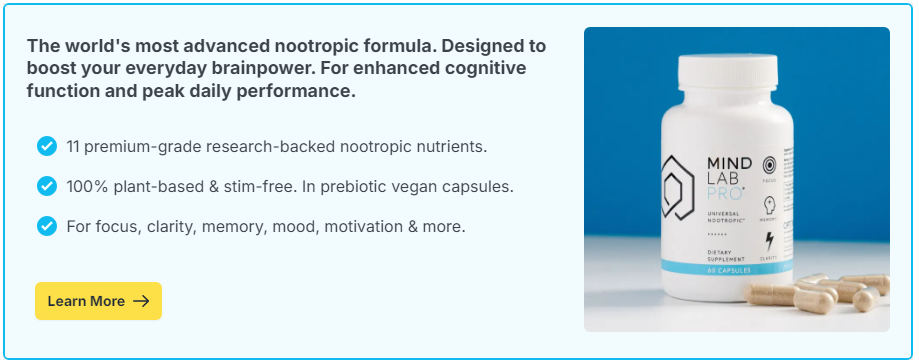
Short answer: Likely yes – indirectly. Recording dreams trains recall and strengthens associative thinking, which can feed idea generation and creative breakthroughs when paired with daytime sketching and review.
Contents
Why Dream Journaling Can Boost Creativity
Dreams mix memories, emotions, and concepts in unusual ways. Capturing those combinations gives you raw material for later projects. The practice also signals your brain that dream content matters; over days, recall usually improves, increasing the pool of images and story seeds you can draw from.
Associative Thinking
Creativity thrives on distant connections. Dreams frequently splice unrelated elements (a classroom in a forest, a clock made of rain). Writing them down preserves rare associations that you can later recombine on purpose.
Incubation And Insight
Problems sometimes benefit from off-line processing. Reviewing dream notes can surface metaphors or angles you missed while working head-on, acting as prompts for sketches, titles, or design moves.
Metacognitive Awareness
Noticing patterns in your dreams – recurring places, feelings, or constraints – improves self-observation. That awareness helps you steer creative work with clearer intent.
Setups That Make Dream Journaling Work
Success hinges on frictionless capture within one minute of waking. Keep tools ready and keep entries short and concrete.
Tools And Placement
- Notebook and pen on the nightstand; or a voice recorder app set to airplane mode.
- Dim light ready so you can write without fully waking everyone else.
- Optional: sticky flags to mark strong entries for later review.
Capture Rules
- Write immediately upon waking – first images, verbs, and feelings; no editing.
- Use fragments and arrows; aim for 3–6 lines, not a novel.
- Add a one-line title that names the central image (“Staircase Of Fog”).
Practical Drills To Turn Dreams Into Ideas
These short exercises convert raw notes into creative material you can actually use.
Drill 1: Image Triplets
From one entry, pick three concrete images and list them vertically. Combine any two into a sketch, tagline, or product name. Keep results in a separate day notebook.
Drill 2: Constraint Frame
Pick a recurring emotion (rush, curiosity) and design a 5-minute piece under that mood (haiku, thumbnail drawing, UI wireframe). Constraints keep output focused.
Drill 3: Title-To-Outline
Turn your dream title into a three-beat outline (setup, turn, landing). This is enough scaffolding to start a draft later.
Drill 4: Cross-Pollination
Pair one dream image with an unrelated work problem. Ask, “How would this image solve it?” Write three absurd answers, then one serious option inspired by the absurdities.
Drill 5: Weekly Remix
On Friday, skim the week’s entries and choose two to mash together into a single concept sketch or 150-word paragraph.
Common Pitfalls And Fixes
Overwriting: Long entries raise friction and rarely boost creativity. Keep to 3–6 lines. Vague Language: Replace “weird” or “crazy” with specifics (color, texture, dialogue). Skipping Review: Without a weekly remix, entries pile up unused – schedule a 10-minute Friday pass.
Sleep And Health Notes
Protect sleep first. Keep lights low, avoid screens at night, and do not force awakenings in the middle of sleep cycles just to capture dreams. If journaling makes you ruminate or disrupts sleep, scale back to brief morning captures.
A Simple Weekly Plan
Week 1: Capture three mornings, no edits, add titles. Week 2: Add Image Triplets twice and one Title-To-Outline. Week 3: Do a Weekly Remix and pick one idea to develop for 30–60 minutes over the weekend.
How To Track Progress
Count usable prompts created per week, not just entries. Track the number of finished sketches, paragraphs, or concept boards that came from dream seeds. Over a month, aim for steadier recall and at least one developed piece per week.
Keeping a dream journal can expand creative output by improving recall and capturing unusual associations. Keep entries short, review weekly, and translate images into sketches or outlines so the practice feeds real projects – not just a thicker notebook.

